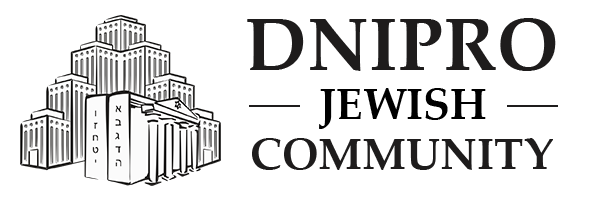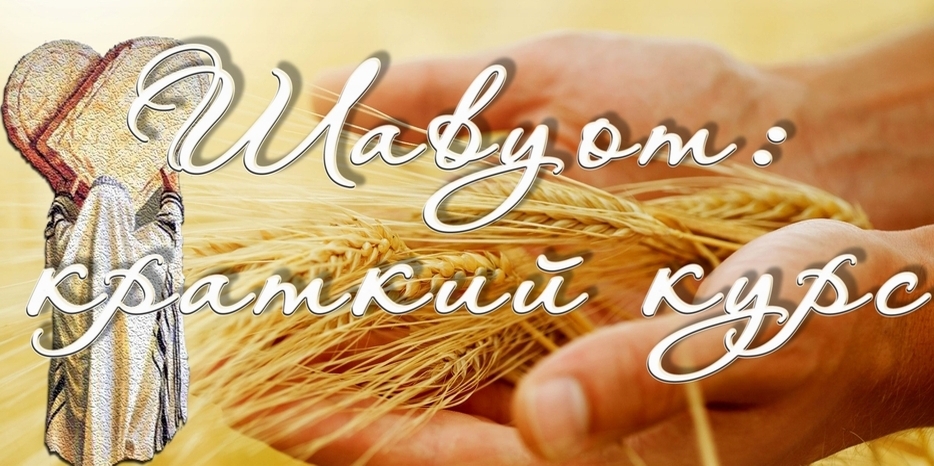The great holiday of Shavuot is approaching — the day we commemorate the most significant event in human history: the Revelation at Mount Sinai. On this day, in the year 2448 from Creation (1312 BCE), the Jewish people received the Torah and the Ten Commandments — the moral and ethical foundation of civilization. In the Diaspora, Shavuot is celebrated for two days — on the 6th and 7th of Sivan; in 2025, that is June 2–3.
Names of the Holiday
In the Siddur, Shavuot is referred to as the “Time of the Giving of Our Torah.” When asked why it is not called the “Time of the Receiving of Our Torah,” the sages explain that giving is a one-time historical event, while receiving the Torah is an ongoing process not limited by time or place.
The name “Shavuot,” given in the Torah, literally means “Weeks,” since it comes after the counting of seven weeks from the second night of Passover. In the Talmud, it is also called “Atzeret” (“concluding festival”), to emphasize its connection to the Exodus from Egypt.
Shavuot is deeply tied to the Land of Israel. This is reflected in two other names: Chag HaKatzir (“Festival of the Harvest”) and Yom HaBikkurim (“Day of the First Fruits”), as it marks the beginning of the wheat harvest and the bringing of the first fruits to the Temple in Jerusalem.
The Idea of the Holiday
Shavuot conveys a profound truth: physical freedom and political independence are incomplete without spiritual freedom — the acceptance of G-d’s authority and His covenant.
Shavuot Then and Now
In Temple times, Jews would make a pilgrimage to Jerusalem and bring bikkurim — the first fruits. Today, although the Temple is not yet rebuilt, our main goal is to spiritually relive the Giving of the Torah — to experience it as if it is happening to us now.
Our ancestors had a custom to begin teaching young children Torah on Shavuot. Early in the morning, children were brought to the synagogue, as it says: “And it was on the third day in the morning…” (Exodus 19:16). They were shown a tablet with the Hebrew letters and verses like “Moses commanded us the Torah, an inheritance for the congregation of Jacob” (Deuteronomy 33:4). The teacher would read, the child repeated, and the letters were coated with honey, which the child licked off. A special honey cake was baked with Torah verses written on it, and the children would eat it after the lesson.
For adults who have never studied Torah, Shavuot is the perfect opportunity to begin learning.
It is also customary to decorate homes and synagogues with greenery, flowers, and branches, symbolizing the lushness around Mount Sinai. The month of Sivan marks the blossoming of nature — the Giving of the Torah symbolizes the blossoming of the Jewish people.
Holiday Status and Customs
Shavuot is a Torah festival — a Yom Tov; therefore, the same work prohibitions as on Shabbat apply, except for food preparation and carrying fire.
A well-known custom is eating dairy foods. When the Jews first received the Torah, they were unaccustomed to the complex laws of kashrut — especially the separation of meat and dairy — and initially ate only dairy. In remembrance, we eat something dairy before the main holiday meal, and then eat meat using separate utensils, observing all relevant laws.
Reading the Ten Commandments
The central event of the holiday is hearing the reading of the Ten Commandments from the Torah scroll after the morning prayer. All stand to relive the awe and reverence experienced at Sinai.
At this moment, understanding the Hebrew words is less important than simply being present.
That is why every Jew — man, woman, and child (even infants) — should be in the synagogue at that time, to hear the Ten Commandments, just as they were heard 3,000 years ago. Even if they don’t understand the language — their souls can grasp the holiness of the moment.
Yizkor
On the second day of Shavuot (as on Yom Kippur, Shemini Atzeret, and the last day of Passover), after the Torah reading, those whose parents have passed away recite the Yizkor memorial prayer and pledge a charitable donation in their memory.
Based on materials from www.ru.chabad.org




